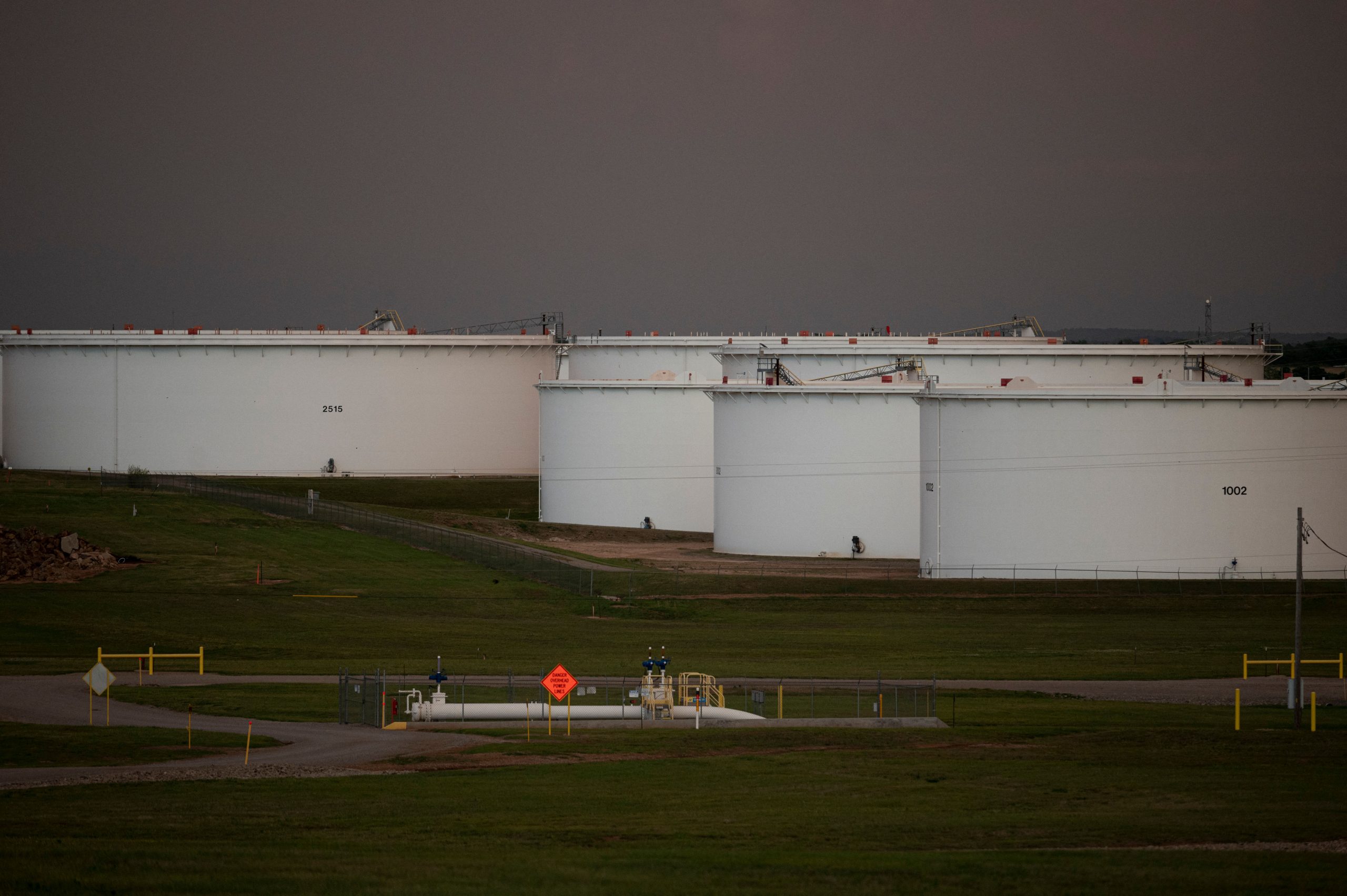Oil prices rose more than 6% on Monday, reaching their highest level since 2008, as the United States and its European allies considered a Russian oil import ban, while delays in the probable return of Iranian crude to global markets fuelled supply concerns.
While palladium reached a new high on Monday, gold reached a critical threshold of $2,000 per ounce, as investors sought safe-haven assets due to the Russia-Ukraine crisis.
Also Read| Explained: Why Russia-Ukraine crisis is hurting Indian markets
Brent crude futures jumped $8.46, or 7.2%, to $126.57 per barrel, while WTI crude in the United States rose $7.65, or 6.6%, to $123.33.
Both benchmarks rose more than $10 a barrel in the opening few minutes of trading on Monday, reaching their highest levels since July 2008, with Brent at $139.13 and WTI at $130.50.
Also Read| Crude oil touches $100, Gold rises over 2% as Russian troops enter Ukraine
Monday’s intraday highs are close to the records set for both commodities in July 2008, when Brent reached $147.50 per barrel and WTI reached $147.27.
Palladium rose 5.7% to $3,172.19 per ounce, having reached an all-time high of $3,172.22 earlier in the session.
Also Read| ‘If Zelensky is assassinated’: Antony Blinken says Ukraine has plan B
Russia accounts for 40% of the world’s output of metal, which is used by automakers in catalytic converters to reduce emissions.
Spot gold was up 1.5% at $1,998.37 per ounce, having reached a one-and-a-half-year high of $2,000.69 earlier. Gold futures in the United States climbed 1.7% to $2,000.20. Spot silver rose 1.7% to $26.09 per ounce, while platinum rose 2.3% to $1,147.19 per ounce.
Also Read| Sensex crashes 1,600 points while Nifty near 15,700 in early trade
The SPDR Gold Trust, the world’s largest gold-backed exchange-traded fund, increased 0.4% to 1,054.3 tonnes on Friday, the highest since mid-March 2021.
Rising domestic gold prices deterred purchasers in leading Asian hubs last week, while others sat on the sidelines, keeping a careful watch on the Russia-Ukraine situation, while Hong Kong’s COVID-19 limits reduced appetite even more.







